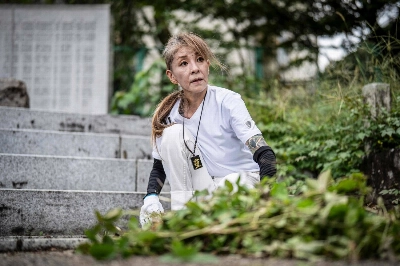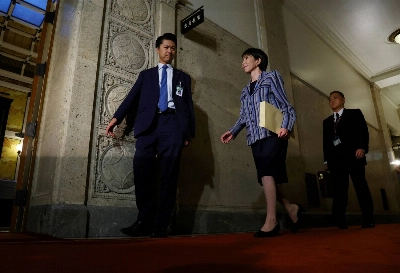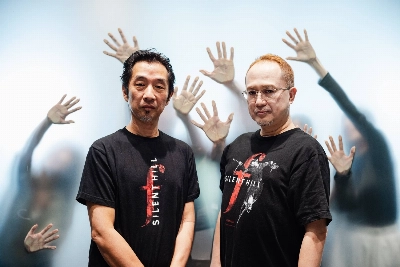'There is no room for originality in thangka painting," says Yumyo Miyasaka. "The iconography, the colors, even the way you hold the brush -- everything must be done just so." Self-expression is not the goal here; the pictures are an aid, a tool for meditation. The self is what you are trying to lose.
Buddhist paintings came to Tibet with the religion. Buddhism first reached there in the seventh century, but its practice remained limited to the royal court. Conflicts with adherents of the native Tibetan Bon religion caused a temporary eclipse after the mid-ninth century.
From the beginning of the 11th century a new diffusion began, this time with a more popular appeal. Tibetans traveled in large numbers to the great universities in the Buddhist Pala Empire of eastern India (eighth-12th centuries), where they populated whole colleges in present-day Bengal and Bihar and copied libraries of texts and icons to take back to Tibet.


















With your current subscription plan you can comment on stories. However, before writing your first comment, please create a display name in the Profile section of your subscriber account page.